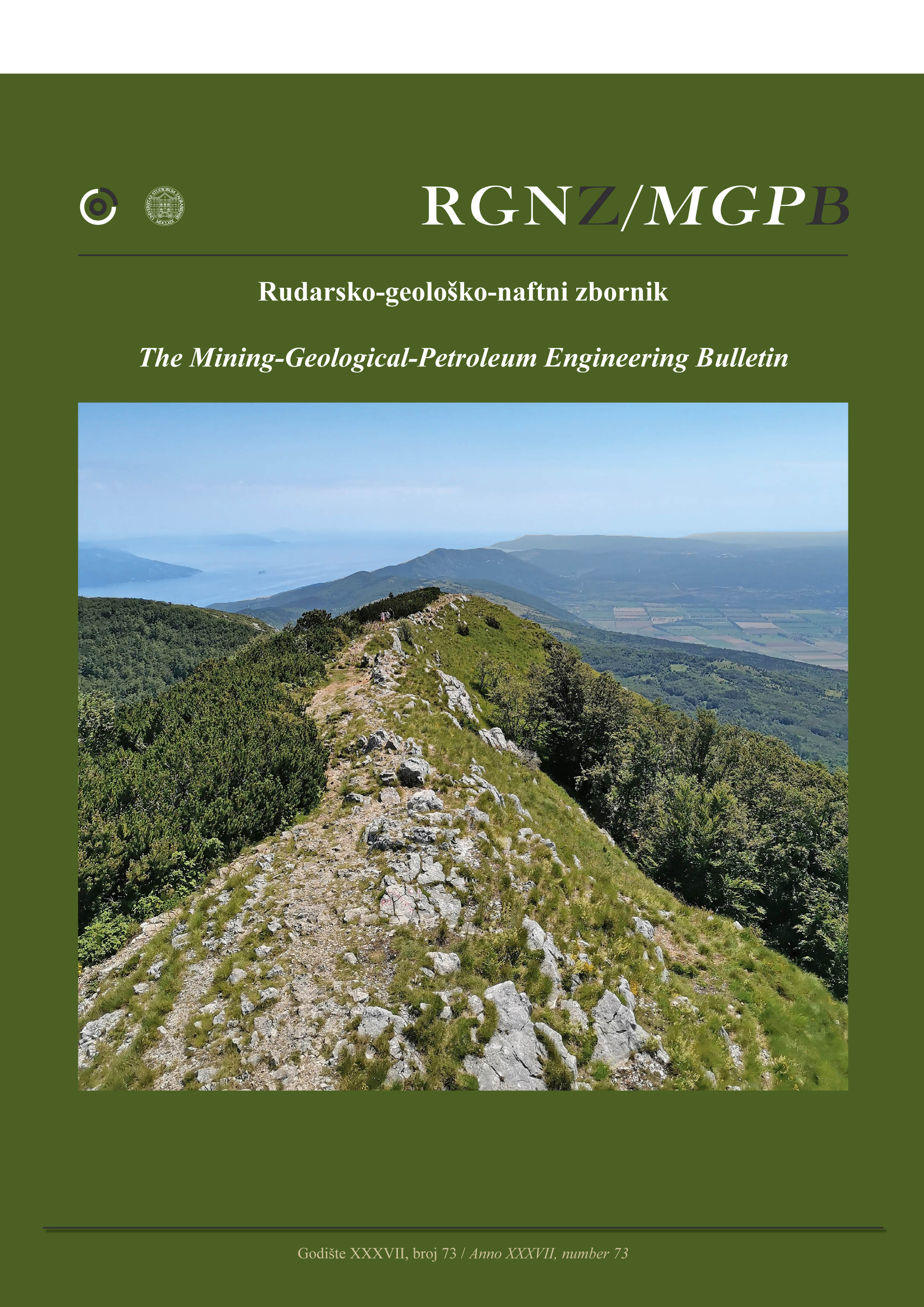Offshore Seabed Pile Foundation Analysis: Soil-Pile Interaction and Load Conditions, and Design Recommendations
DOI:
https://doi.org/10.17794/rgn.2025.2.3Keywords:
offshore structures pile foundations, soil-pile interaction, axial load capacity, lateral load analysis, geotechnical engineering, seabed conditionsAbstract
Offshore pile foundations are essential for supporting structures, such as wind turbines, oil platforms, and bridges. Important factors influencing soil-pile interactions and assessing the impact of various environmental loads, including axial, lateral, and moment loads. This study begins with a comprehensive review of the analytical and numerical methods used for pile analysis. This research aims to analyze the behavior of piles in the offshore seabed environment, taking into account various factors, such as soil-pile interactions, environmental load conditions, and the design of a sturdy pile foundation. This research method exploits the importance of accurate modelling to ensure the stability and longevity of offshore structures. The strength and performance of offshore structures, such as wind turbines, oil platforms, and bridges, are highly dependent on the integrity of the pile foundations. This research will provide a detailed analysis of piles in offshore seabed environments, emphasizing the importance of soil-pile interactions, varying loading conditions, and robust pile designs. These findings underscore the need for an integrated approach that combines geotechnical data, advanced modelling, and ongoing monitoring to ensure the stability and longevity of offshore pile foundations. This research produces a foundational analysis of pile behavior in offshore environments, considering factors such as soil-pile interactions, environmental load conditions, and variations in pile diameter. Piles with a diameter of 1.067 m demonstrate the highest axial and lateral capacities, making them ideal for more extreme environmental load conditions, such as strong ocean currents and high wind loads.
Downloads
Published
Issue
Section
License
Copyright (c) 2025 Edy Soesanto, Dicky Muslim, Evie Hadrijantie Sudjono, Cipta Endayana

This work is licensed under a Creative Commons Attribution 4.0 International License.
Creative Commons-BY
Authors who publish with this journal agree to the following terms:
In agreeing this form, you certify that:
- You read the ethical codex of the RGN zbornik available at journal web.
- You submitted work is your original work, and has not previously been published and does not include any form of plagiarism.
- You own copyright in the submitted work, and are therefore permitted to assign the licence to publish to RGN zbornik.
- Your submitted work contains no violation of any existing copyright or other third party right or any material of an obscene, libellous or otherwise unlawful nature.
- You have obtained permission for and acknowledged the source of any illustrations, diagrams or other material included in the work of which you are not the copyright owner.
- You have taken due care to ensure the accuracy of the work, and that, to the best of your knowledge, there are no false statements made within it.
- All co-authors of this submitted work are aware of, and in agreement with, the terms of this licence and that the submitted manuscript has been approved by these authors.
Publication licence
You retain copyright in your submitted work, according to journal license policy (CC-BY). By signing this form you agree that RGN zbornik may publish it under the publication licence. In summary the licence allows the following:
Anyone is free:
- To copy, distribute, display, and perform the work.
- To make derivative works.
Under the following conditions:
- The original author must always be given credit.
- The work may not be used for commercial purposes.
- If the work is altered, transformed, or built upon, the resulting work may only be distributed under a licence identical to this one.
Exceptions to the licence
In addition to publishing the work printed under the above licence, RGN zbornik will also enable the work to be visible online.
The journal editorial can change the licence rules anytime but it cannot retroactively restrict author(s) rights.


